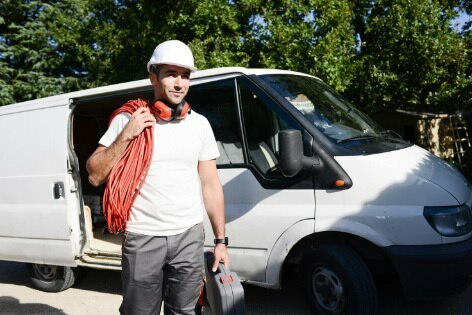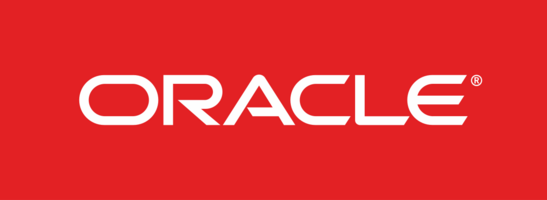
When companies like Uber and Lyft completely disrupted the customer experience (CX) and permanently changed expectations for customer service, the world took notice. The idea that you could simply open your app, request a ride, and visually track the driver's progress to your location was mind-blowing.
Having that level of visibility may seem trivial today, but these services and the technology behind them have fundamentally changed our expectations for everything from food delivery to field service.
Waiting for a field service technician to arrive is painful. And relying on technicians to communicate what can often be inaccurate, arbitrary estimates erodes customer satisfaction. "I'm 15 minutes away" could really be more like 30 or 45 minutes, thanks to traffic, accidents, or detours.
Providing customers total visibility during a field service engagement is something many service organizations strive to offer, but it's a unique challenge. Yes, you can always provide service updates via phone call, text, and email, but the gold standard is now giving customers the option to visually track-in real time-the mobile worker on a map. Offering such visibility for both the company and the customer is a huge competitive differentiator.




